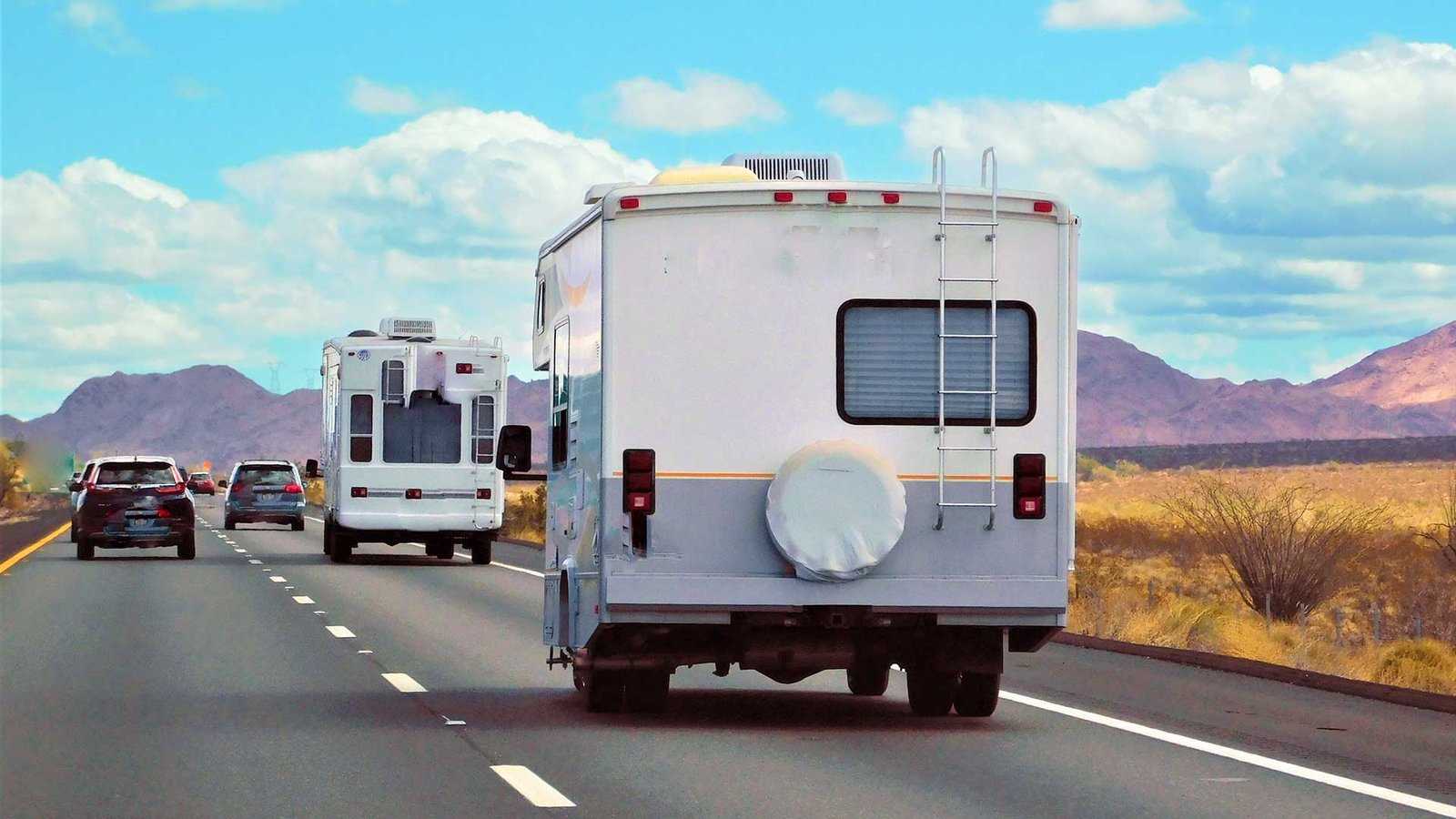Owning an RV offers unparalleled freedom and adventure, but it also comes with the responsibility of maintenance and cautious use to avoid trips to the RV body shop. Accidents and wear can lead to the need for fiberglass repair, gel coat repair, and other forms of RV damage. Here are seven essential tips that will help you navigate, park, and maintain your RV effectively, ensuring that your vehicle stays in top shape and out of the repair shop.
Tips to Protect Your RV
1. Master the Art of Safe Driving
Driving an RV is vastly different from driving a regular car. The size, turning radius, and blind spots are significantly greater, which means you need to adjust your driving style accordingly.
Always give yourself extra space for turning and stopping. When approaching a turn, swing wide to avoid clipping curbs or other obstacles, which can lead to fiberglass damage. Utilize mirrors effectively and consider installing blind-spot sensors or cameras to improve visibility.
2. Navigate Low Clearance Safely
One common cause of RV damage is collision with overhead obstacles. Low bridges, tree branches, or structures at campgrounds can scrape or puncture the roof or sides of your RV.
Always know the clearance of your RV and consider it when planning your route. Use RV-specific GPS systems that account for clearance, weight limits, and other size-related restrictions. This proactive step can save you a costly trip to the RV body shop for fiberglass repair.
3. Practice Vigilant Parking Techniques
Parking an RV requires careful consideration to avoid scrapes and bumps that necessitate gel coat repair. Choosing the right spot to park is as crucial as the parking process itself.
Always look for parking spaces that are wide and clear of obstacles. When backing up, have someone guide you from outside to ensure you have clearances all around. Avoid parking under trees where possible, as falling branches can cause significant damage to your RV’s gel coat and fiberglass.
4. Conduct Regular Maintenance Checks
Routine checks and maintenance can prevent many issues that lead to RV body shop visits. This includes checking the integrity of the RV’s exterior, ensuring all seals are intact, and the gel coat is in good condition.
Regularly wash and wax your RV to protect the gel coat from UV damage and environmental wear. Inspect the sealant around all windows, doors, and joints, and reseal any areas that show signs of wear or leakage to prevent water damage, which can exacerbate fiberglass deterioration.
5. Be Aware of Weather Conditions
Extreme weather conditions can cause unexpected damage. For instance, hail can necessitate extensive fiberglass repair, and high winds can throw debris that scratches or dents your RV.
Always check the weather forecast before your trip and while on the road. In case of predicted severe weather, seek covered storage or adjust your route to avoid the worst conditions. Use weather-resistant covers if you need to park outdoors for an extended period. If you do happen to get hail damage on your RV, make sure to have it repairs as soon as possible
6. Train on Proper Handling of RV Utilities
Mishandling RV utilities, especially electrical and plumbing systems, can lead to internal and external damage. For instance, incorrect wastewater management can lead to spills that corrode the RV’s body.
Familiarize yourself with all your RV’s systems and follow the manufacturer’s guidelines for usage and maintenance. Regularly inspect your electrical and plumbing systems for signs of wear or leakage that can lead to bigger problems if left unchecked.
7. Educate Yourself and Attend RV Driving Courses
Lack of knowledge can lead to mistakes that cause RV damage. Attending an RV driving course can be an invaluable investment.
Enroll in an RV safety course to learn about the best practices for handling, maintenance, and driving of your vehicle. These courses often provide practical tips that can significantly reduce the likelihood of RV collisions, accidents and damages.
Driving and maintaining an RV requires careful attention and regular maintenance. By following these seven tips, you can significantly reduce the risk of needing fiberglass repair or gel coat repair, and keep your RV looking and functioning its best. Remember, prevention is always better than cure when it comes to avoiding unnecessary trips to the RV body shop.
Already have RV Body Damage?
Even with the best precautions, accidents and wear are sometimes unavoidable. If you find yourself facing unexpected RV damage, don’t hesitate to reach out for professional RV repair. At our RV body shop, our skilled technicians are equipped with the expertise and tools necessary to handle all types of repairs, from minor gel coat touch-ups to major fiberglass restorations. We understand the intricacies of RV repair and are committed to restoring your vehicle to its pristine condition.
Don’t let RV damage derail your travel plans. Contact us today to schedule a consultation or repair service. We are here to ensure your RV remains in optimal condition, so you can continue to explore the open road with peace of mind. Let us help you protect your investment and get you back on your journey with confidence.

